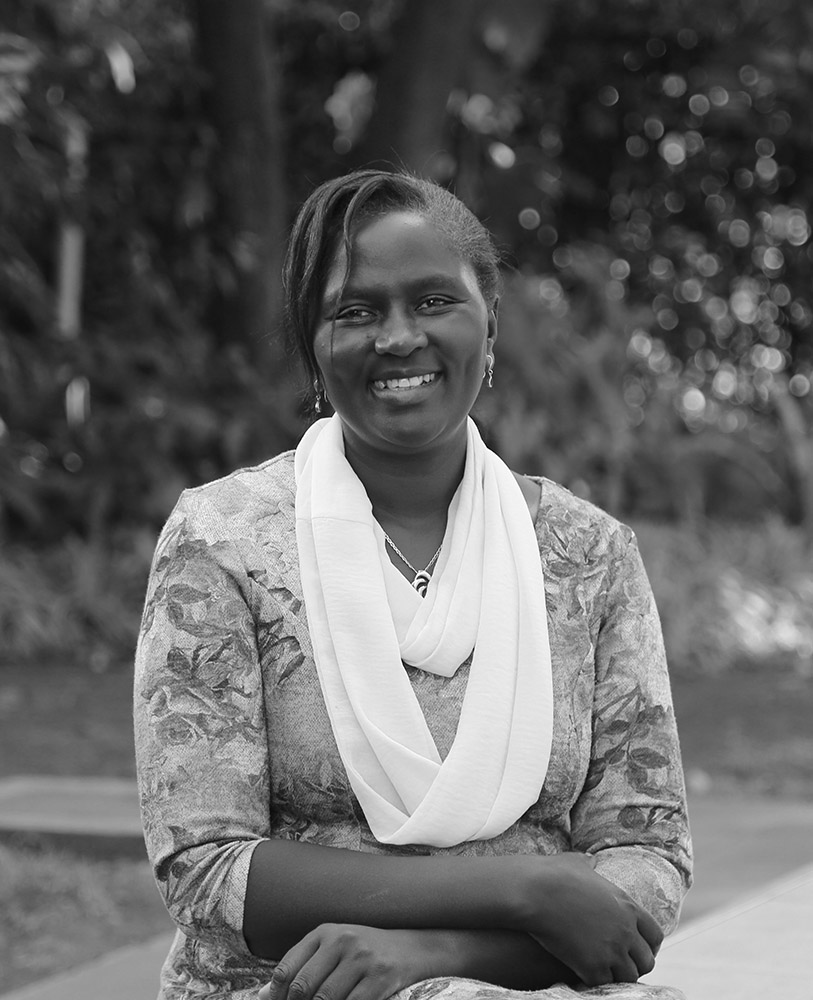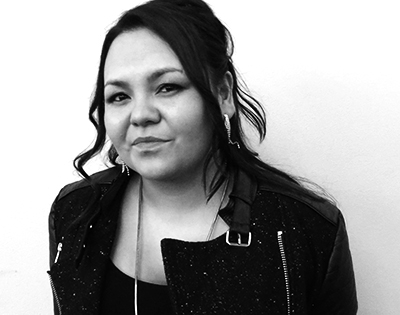Editor’s Note: FII’s #MoodOfTheMonth for July 2021 is Sustainability. We invite submissions on the diverse aspects of sustainability throughout the month. If you’d like to contribute, kindly email your articles to sukanya@feminisminindia.com
Hands On: Women, Climate and Change is a 2014 documentary film focusing on women and their efforts to combat climate change. The documentary features five women across boundaries and barriers of nations, generations and age.
Produced and directed by Elizabeth Miller, the film is a collaborative project involving four other directors, all women, from different continents. It is co-produced by the International Association of Women in Radio and Television (IAWRT).
Focused on India, Norway, Kenya and Canada, the documentary centers around five women and their initiatives or hands on strategies to deal with climate change and raise awareness among people to ensure that effective steps are taken to act responsibly and live sustainably
Focused on India, Norway, Kenya and Canada, the documentary centers around five women and their initiatives or hands on strategies to deal with climate change and raise awareness among people to ensure that effective steps are taken to act responsibly and live sustainably. The film follows the efforts of Silje Lundbery from Norway, Maheshwari from India, Jose Gerin- Lajoie from Canada, Annabell Waititu from Africa and Jasmine Thomas from Canada as they demonstrate methods to ensure environmental justice.
The documentary incorporates science within its storytelling and amplifies the issues faced by local and indigenous people due to the disastrous effects of warming temperatures, oil extraction, tsunamis and cyclones. One interesting way in which these themes are brought to the forefront is through the clever use of animations. The best thing about this film is its assertion of the agency of women through the layers of gender, climate, science and local knowledge production.

Image: IAWRT
Hands On is directed collaboratively by five women who are rooted in the local culture and language of the regions they have filmed. This was also done to reduce carbon footprint in the process of filming.
The first segment, directed by Karen Winther, depicts the efforts of Siljie Lundberg from Norway who was the former head of Nature and Youth, an environment focused youth organisation working with issues related to petroleum, and resource conservation. The portrays Lundberg’s efforts to minimise oil drilling and the construction of oil rigs in the areas of Lofoten, Vesteralen, and Senja, which host the world’s largest cold water coral reef.
Eco feminists have frequently emphasised on the importance of including local communities when studying regions and lands. Similarly, climate change studies are incomplete without taking into account the problems and the predicaments of the communities involved
Lundberg highlights the harmful impacts of oil exploration and drilling upon the wildlife, and talks about the process of preservation in Northern Norway. She emphasises on the use of sustainable alternatives for the sake of human survival and the preservation of unique and vulnerable sea areas from prolonged exploitation.
Climate change is not the same for the oppressor and the oppressed. It is the oppressed, poorest communities who bear the consequences of the devastating changes in the environment.
The segment directed by Nupur Basu explores this gap, highlighting its effects on the coastal fishermen in Puducherry, India, through Maheshwari, a local woman of the coastal village of Veerampattinam in Puducherry, who became the community leader post Cyclone Thane.
In the aftermath of a tsunami and cyclone, the fishermen lost a major means of their livelihood due to the erratic weather conditions. Taking matters into her own hands, Maheswari taught herself how to interpret ocean satellite images and information relating to the waves of the ocean. She now announces the weather conditions and intimates about the locations where a good catch can be found for a steady generation of income for the fishermen.
This network of knowledge production is extremely important because a lot of fishermen rely solely on her announcements to venture into the ocean, as they lack facilities like the Global Positioning System (GPS) provided by smartphones. This is a classic example of how technology and the science backing it has been deployed by a community to preserve itself. It highlights Maheshwari’s leadership skills and agency. She now shares her knowledge confidently with others in her village.
Also read: Women Rising—Exploring Women’s Agency In Combating Climate Change
Eco feminists have frequently emphasised on the importance of including local communities when studying regions and lands. Similarly, climate change studies are incomplete without taking into account the problems and the predicaments of the communities involved.
Indigenous communities are much more susceptible to the effects, especially if they live near high-risk areas. These communities are extremely vulnerable to the flip side of industrialisation and capitalism, as is also evident through the plight of the fishermen in Puducherry, who have to bear the brunt of industries tossing deadly chemical waste into the rivers, thus, negatively affecting marine life. Such communities are exposed to the threats of food shortage and homelessness to a greater extent than the more affluent communities
The third segment of the documentary revolves around the local community of the Arctic Region and the importance of deploying feminist research methods while studying the effects of climate changes. It is directed by Iphigenie Marcoux- Fourtier and follows the researcher Jose Gerin-Lajoie in her endeavours to study the Arctic Region and “bridge traditional knowledge with research to understand the impact of change in the region”.
Lajoie relies on feminist designs to produce research methodology with the Cree and Inuit communities of Quebec in Canada so local and traditional knowledge is preserved and utilised apart from the data received and collected via satellites and field researches.
As rightly mentioned in this project, the devastation and the destruction caused by climate change is very concrete for local communities in Canada when compared to the abstractness which the privileged class is subject to. Indigenous communities are much more susceptible to the effects, especially if they live near high-risk areas.
It is therefore, important to remind ourselves of the work done by ecofeminists like Bina Agarwal on gender and its interactions with climate. Agarwal argues that the domination and oppression of women is linked to the exploitation of the environment. Women are perceived as inferior because they are associated with nature and men with culture, which supposedly trumps nature
These communities are extremely vulnerable to the flip side of industrialisation and capitalism, as is also evident through the plight of the fishermen in Puducherry, who have to bear the brunt of industries tossing deadly chemical waste into the rivers, thus, negatively affecting marine life. Such communities are exposed to the threats of food shortage and homelessness to a greater extent than the more affluent communities.
It is therefore, important to remind ourselves of the work done by ecofeminists like Bina Agarwal on gender and its interactions with climate. Agarwal argues that the domination and oppression of women is linked to the exploitation of the environment. Women are perceived as inferior because they are associated with nature and men with culture, which supposedly trumps nature.
Gender gaps exist everywhere. Inequality is faced by women everywhere, be it South Asia or the West. For example, many women are not the owners of the land they diligently toil upon.

Annabell Waititu, an environmentalist from Kenya, Africa, who has worked extensively for water conservation and resource management is the central figure in the fourth segment. Directed by Mary Kiio, the segment focuses on Waititu’s efforts to mobilise the farm owners (mostly women) and acquaint them with sustainable practices of reforestation and irrigation for a better handling of the climate crisis.
Waititu aims to visibilise and strengthen women in national resource management and ensure that their opinions are not limited. She keeps them informed of their rights.
Also read: Capitalism And Colonisation: How The Climate Change Movement Is Being Whitewashed
Waiitu’s goal is to think about adapting to the already prevalent conditions of the climate to see that no further degradation in the form of soil erosion takes place. Addressing gender disparity at official ranks, she also works towards warranting adequate participation of women in policies and decision making. We need to keep in mind that in order to formulate gender inclusive policies, more and more women need to be included in the formulation of these policies. One way this can be achieved is by providing them their rightful education.

The next section of Hands On deals with concerns over tar sand (mixture of sand, clay, water etc which is used to produce petroleum products) pipelines cutting across communities and its harmful effects on water security. It features Jasmine Thomas, a Dene youth organiser from British Columbia, Canada who has worked extensively with Power Shift Network to promote environmental justice and raise caution towards environmental racism.
Earlier, a bill which deregulated waterways and pitched pipeline expansion saw large-scale protests from the indigenous community, the supporters of the community and environmental activists. They protested against the deployment of tar sands, which makes the country one of the top pollution-producing nations. Thomas focuses on water preservation and the connection it has with the indigenous community at large.

The legacy of fighting for social justice and community well-being was handed down to Thomas by her ancestors and she continues to defend the rights of the community, gaining strength from the respite of the others before her who protected and passed down important pieces of identity and cultural heritage, along with a will to take care of the Earth. She wishes to keep fighting for an equitable climate and environment.

Since climate change and exploitation affects women more than men, it is natural that women are leading by example and trying to preserve the environment. They have increasingly made their presence felt in raising awareness about the harmful effects of unchecked capitalism on the environment and have been engaging in various kinds of protests through art and other platforms to make sure that their voice and the voices of the communities they represent are amplified.
Reference
- Agarwal, Bina. The Gender and Environment Debate: Lessons from India
About the author(s)
Srishti is a first year Masters student in Gender Studies at AUD. She is passionate about reading and chasing after dogs. You will often find her recommending ASMR videos to people.





